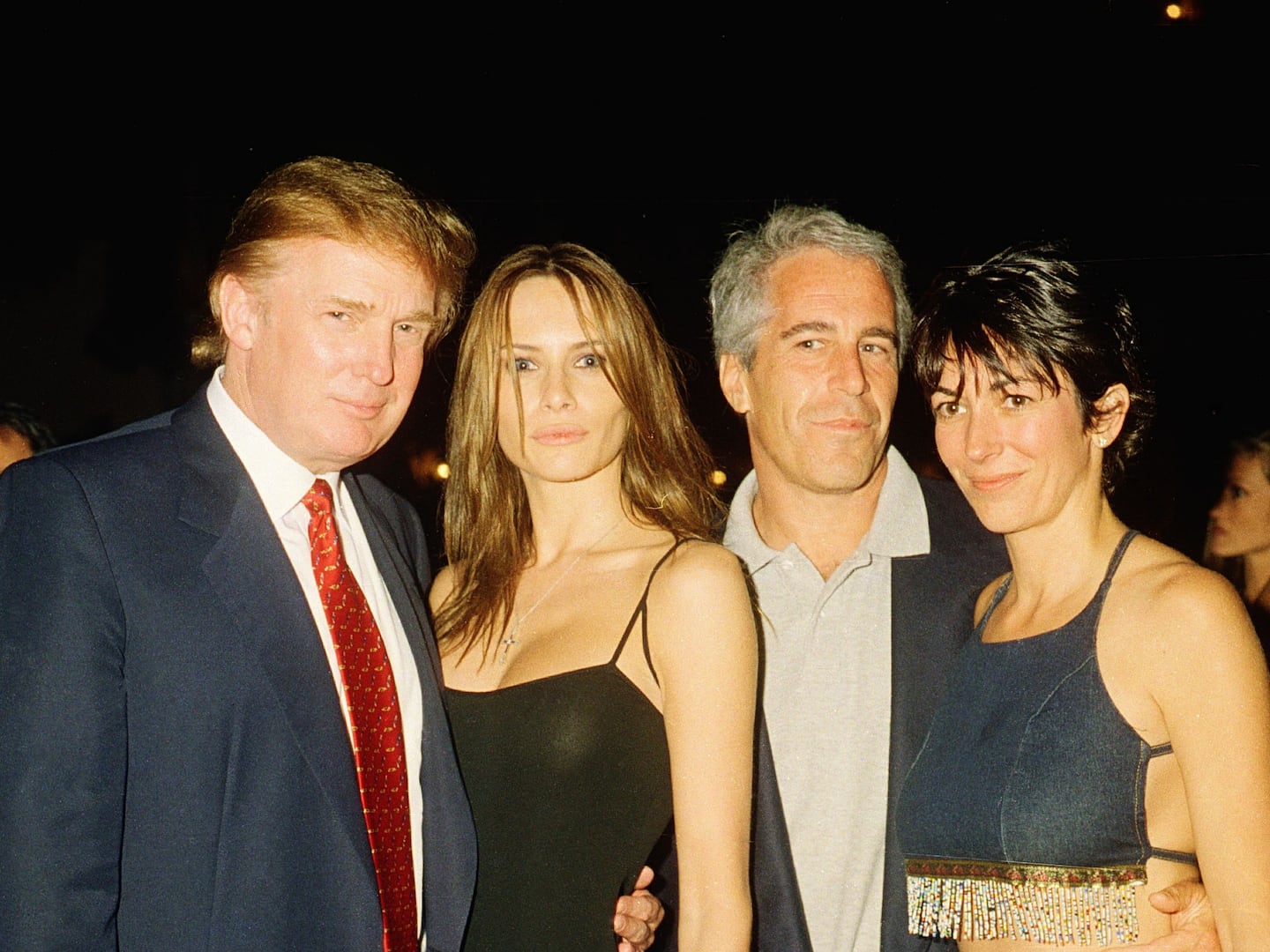ROME — Disclaimer: I am a typewriter collector—32 and counting. In addition to my assortment of vintage Olivettis and Hermes, I have an Arabic script Erika from Morocco, a Cyrillic script Olympia from Russia and the keys from what was left of a typewriter obliterated by a bomb in Mosul given to me by a colleague. I have an old Adler with a bullet dent that belonged to a German war correspondent in World War II and a super shiny portable made by the Rheinmetall-Borsig arms manufacturing company from the 1930s. I have a noiseless Remington, a silent Smith Corona and two plastic red Olivetti Valentines that are to die for.
But far from making me too biased to review a film about typewriters, my collector status—OK, obsession—surely makes me far more critical than non-collectors might be.
In fact, when I sat down to watch an advanced viewing of Doug Nichol’s "California Typewriter" documentary that hits a few theaters on August 18 before a wider iTunes release, I wasn’t expecting to learn much. I had seen the trailer with Tom Hanks, John Mayer and Sam Shepard waxing nostalgic about what typewriters mean to them. Hanks’ opening scene is a classic as he, like all typewriter collectors tend to do, brags about his collection and demonstrates the punch of the key and the ring of the margin bell before scolding anyone who owns a typewriter for not using it daily. (For the record, I did type the first paragraph of this story on my own Silent Smith Corona before switching to my Mac since my editor surely would not consider the typewritten version as fitting as I do.)
I expected "California Typewriter" to be a thoughtful retrospective on the demise of the typing machine starting with the 16th century Italian typographer inventors and ending sometime around the appearance of the IBM Selectric and the daisy wheel on the word processing scene.
Instead, the nearly two-hour documentary isn’t so much about the mechanics of typewriting and the progression from massive monster typewriters to tiny portables. It’s about the tactile and emotional attachment typewriter owners have to their beloved machines, whether they are creating on them or out of their parts, playing music on them or lovingly repairing them.
The thread that ties the whole film together is the tiny California Typewriter repair and sales shop in Berkeley, where many of the main characters intersect. The owner, Herb Permillion, and his long-time assistant Ken Alexander, work side-by-side under the flourescent lights of the back room of the shop. The story winds through the business being put up for sale, through crisis talks about severance pay for Alexander and finally to what amounts to a temporary happy ending with a type-in after Herb turns to the internet—the arch-enemy of a typewriter store one might think for online advertising that saves them, at least for a few more years.
The film’s lovable villain, if you can call him that, is Jeremy Mayer, a visual artist from Minnesota who dissects typewriters to create human-like statues within hauntingly sensual lines he crafts after a human model. He seems somewhat out of place at first in a film about collectors until he teams up with the guys at California Typewriter, trading parts he has that allow them to make their repairs for their old typewriters destined for the dump that he brings back to life. He and Herb scour flea markets in search of machines to fix up or tear apart. He, too, evolves with the film, struggling to make ends meet in the first scenes until he sells his first masterpiece.
In a scene about half-way through the film, Shepard, in what will surely be one of, if not his last onscreen performance after his July 27 death, is sitting in his indexed library in front of a vintage Swiss-made Hermes 3000 typewriter essentially bleeding his heart out over his keyboard. He talks of apparitions and magic, and then apologizes for sounding “all hocus-pocus” about the experience and solitude of being alone with his typewriter as his one true writing companion.
He speaks lovingly about the feel of the keys under his fingers and the ‘splat’ of the ink as the letter hammer hits the paper. “When you are going to go ride a horse, you have to saddle it,” he says. “When you are going to use a typewriter, you have to feed it paper. There is a percussion about it. You can see the ink flying onto the surface of the paper.”
But what he really captures is the companionship a good typewriter offers to its owner, which even the latest version of Siri can never provide. “I feel my great strength as a writer is being alone,” he says poignantly, grazing the keys of his Hermes. “Aloneness is a condition of writing.” Alone, of course, with his typewriter.
Musician John Mayer, too, describes his typewriter as more of an emotional companion than a logistical tool. He laments writing lyrics with the judgemental “red squiggly line” of spell check, which he says stops the creative process because he feels compelled to fix the error, and turning to a typewriter which “doesn’t judge you, it just goes, ‘right away, sir, right away’.”
There are others in the film as well, including historian David McCullough and plenty of collectors’ journeys, like the really quite painful saga of collector Martin Howard as he searches in vain for a 1874 Sholes & Glidden machine, and a few words from Richard Polt, the author of The Typewriter Revolution which is a bible for many collectors. The only woman featured in the film beyond a few shown at a gathering of “typewriter addicts” is Silvi Alcivar, a self-described “poet on demand” who channels her poetry through a bright red Royal she won’t let anyone else touch. Typewriters had their greatest commercial success as a secretarial tool, allowing countless women to join the workforce in the early 1930s and beyond, but somehow most current aficionados are men.
The film does ask the broader questions, like whether the digital age is destroying our attention span and canceling history as it is made. McCullough poses the tough questions about how we no longer know the thought processes of our leaders, or anyone else for that matter. There are no edited manuscripts with red pen markings, no original versions, just final drafts.
There is also ample talk of hand cupping and bell ringing and the perfect rise of the keys that will delight collectors who revel in such details. (I dare you to compare margin bells between say Olivettis and Royals and not have an opinion about which sound better.) And there are some useful bits of trivia, like how the letters for the word TYPEWRITER are all on the top row of a QWERTY layout, presumably to make it easier for typewriter salesmen in their day to impress potential clients with their mastery of the keyboard.
Beautifully shot and poetic as it is, there is sadly no happy ending to this homage to the typewritten word. “The truth is, no good typewriter is ever going to be made again,” says Hanks, rather sadly, underscoring the sad fact that all the nostalgia and appreciation in the world sill won’t bring back the finest writing tool ever made.






